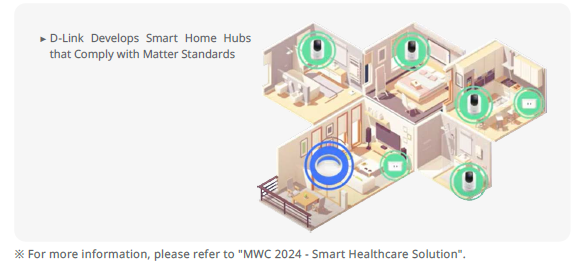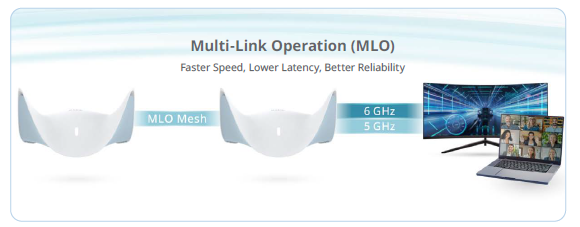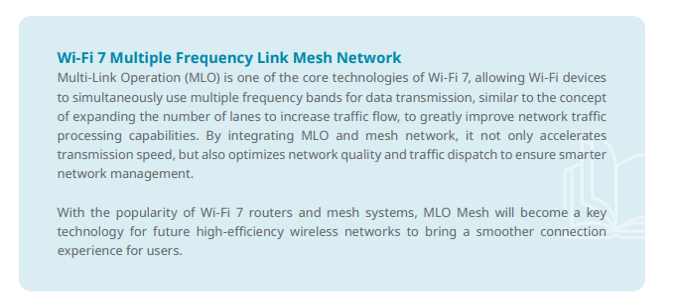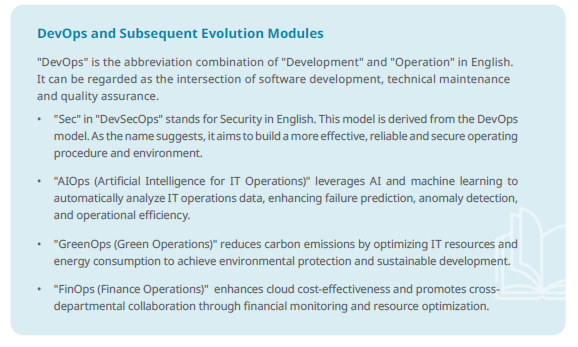- About D-Link
- Products and Services
- ESG
Sustainable Development
Sustainable Supply Chain
Sustainable Workplace
For Stakeholders
- Investor Relations
- News Room
- Careers
Innovation and R&D
D-Link continues to create product differentiation and market segmentation through the Company’s industry-leading cloud service platform and the continuous introduction of forward-looking innovative products.
Innovation Strategies and Practices
- Hardware
- Software
In order to ensure product quality, D-Link not only actively monitors the status of key chips, but also strictly controls each research and development stage. For example, before mass production of new products, it uses the user experience accumulated in its own laboratory to conduct performance verification, to ensure the quality and stability after mass production. After the product is mass-produced, a dedicated department will handle users’ questions and collect relevant information as a basis for subsequent product optimization, to meet the needs of the market and customers immediately. D-Link focuses on product function intelligence, product performance MIT, and product manufacturing sustainability, develop easy-to-install EAGLE PRO AI products with smart notification and management functions. We have created a comprehensive smart family service network and collaborated with internationally renowned chip manufacturers to develop Wi-Fi 7 multi-frequency link mesh networks. In addition, we have partnered with the Connectivity Standards Alliance (CSA) to realize the new smart home connection standard Matter in the AQUILA PRO AI router product.
For switch products, D-Link proposed Backhaul Network Solution, which includes a series of switch products from the core layer, aggregation layer to access layer, and cooperates with internationally renowned chip manufacturers such as Broadcom, Marvel, and Realtek to develop functions at all levels Application switch products to meet the needs of various network application architectures.



In 2023, D-Link launched a new platform cloud integration plan, and begun to expand the integration of mydlink and nuclias, to transform into a value-added platform to optimize the service platform architecture performance. D-Link also promotes pay-per-subscription to enhance user stickiness and expand operating revenue sources.Meanwhile, the Company also introduced the artificial intelligence (AI) technology to provide value-added services, support the Matter smart home standard, and connect to the product cloud control function, to achieve highly compatible and stable smart home applications. In addition, we have invested in the research and development of AIoT application service solutions to expand and improve the functions of our product service platform and build a smart living blueprint in all aspects.
In 2024, D-Link adopted a hybrid cloud strategy, which not only increased the flexibility and cost efficiency, but also integrated artificial intelligence and machine learning technology into cloud computing deeply; a new generation of monitoring mechanisms was also introduced and the resource allocation and operational efficiency were significantly optimized. In addition to achieving the automation of resource management, it also ensures optimal configuration and further enhances the security of cloud-based data. In addition, the serverless architecture was introduced, which not only simplifies the development and deployment process of applications, but also enables faster and more flexible implementation of innovative applications. In addition, the edge computing architecture was also integrated to move data processing to a location closer to the source of the data, which not only solves the problem of delay, but also significantly improves the user experience.
Innovation-related Education and Training
In order to enhance R&D capacity, D-Link organized seven physical education and training sessions for R&D units and related personnel in 2024, including courses on GenAI application development, AIOps application introduction, real-time data analysis, and information security-related topics. We also organized an information security competition, a game-like and challenging learning activity that allowed participants to use cloud-based solutions to solve the technical problems in the real world, for strengthening the skills of troubleshooting and the spirit of teamwork. A total of 204 people participated in the program and received 825.5 training man-hours in the year.
Cooperation with Industry– Academia Units
D-Link continues to promote the development of the AIoT smart service platform and has completed the “AIGC Multi-Frequency Voice Recognition Integration Technology Service ‘AI Gateway’ Optimization Project” with the Digital Transformation Research Institute under the Institute for Information Industry to build a basic GAI training environment and accumulate the ability to voluntarily train and adjust the GAI19 model. Meanwhile, the Company has conducted research and exploration on ML20 / DL21 technology and linked ASR22 / LLM23 / TTS24 technology to create a home care field by correlating to the IoT surroundings, so as to accumulate experience for the continuous development of smart home ecosystem services.
19 Generative Artificial Intelligence
20 Machine Learning
21 Deep Learning
22 Automatic Speech Recognition
23 Large Language Model
24 Text-to-Speech


Integration of GreenOps (green operations) and FinOps (financial operations)
In order to ensure the cloud software functions and platform service quality, the D-Link development team has adopted the DevOps model to eliminate the gaps between development, operations, and quality assurance. In the past three years, based on the original DevOps model, the continuous optimization for the following :

From the perspective of FinOps, cloud cost monitoring ensures efficient allocation of computing resources,reduces unnecessary running time, and supports GreenOps to reduce energy consumption. In addition,the Company regularly monitors and analyzes costs, purchases cloud preferential packages, and adopts
serverless architecture as needed to effectively reduce the cost of long-term operating resources.
As for GreenOps, through optimization of application and infrastructure, it can be converted into a highperformance and low-energy consumption ARM server, combining dynamic resource adjustment and program code restructuring, to reduce computing resource demand, further reducing cloud costs, making
FinOps more significant.
According to the estimates of the cloud-based carbon footprint tool, the carbon emissions from the Company’s cloud computing between August 2022 and October 2024 were 31.25 metric tons of CO2e, a successful reduction of 73.88 metric tons of CO2e, significantly improving the environmental protection benefits and cost optimization performance.
